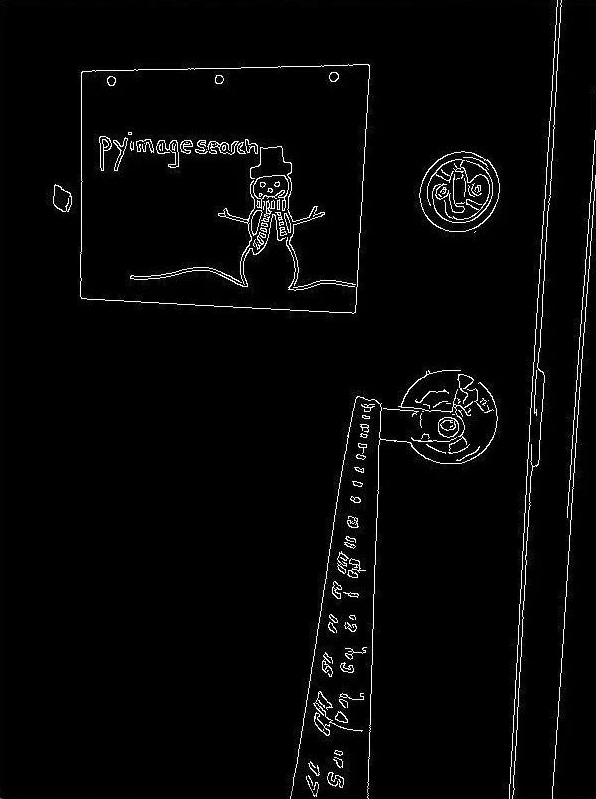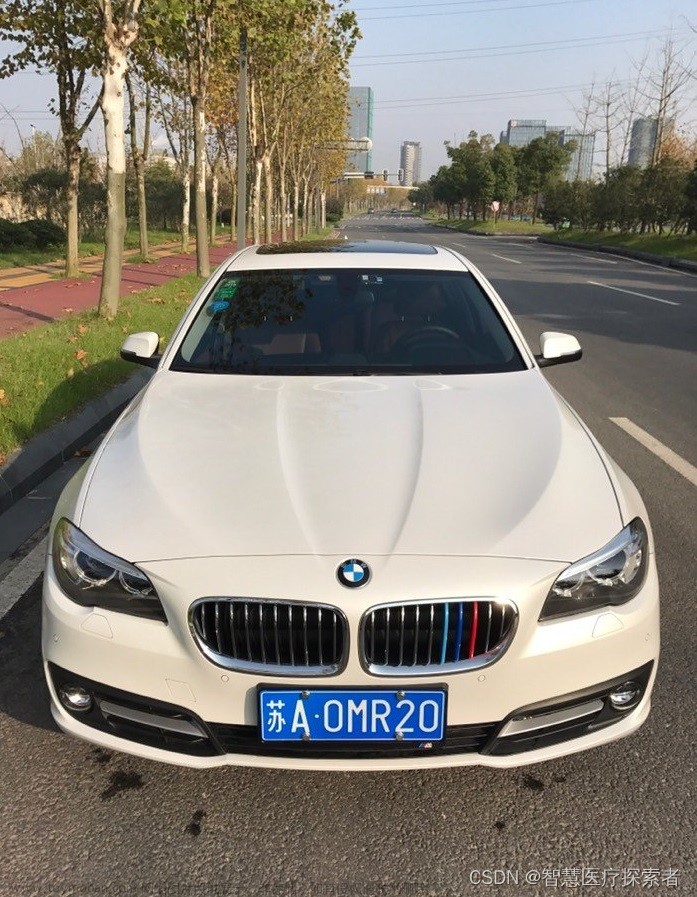文章目录
- 单目相机标定(基于Python OpenCV)
-
- 1.上期填坑
- 2.单目相机标定
-
- 2.1 数据采集
- 2.2 角点提取
- 2.3 参数求解
- 2.4 参数评估(重投影误差)
- 2.5 相机位姿(棋盘位姿)可视化
- 2.6 同Matlab标定结果比较
单目相机标定(基于Python OpenCV)
1.上期填坑
在开始本篇博客之前,先填一下上一篇博客【计算机视觉】基于ORB角点+RANSAC算法实现图像全景拼接的坑(不算填吧,算做一个记录,因为并没有解决问题,留着看以后有没有空解决??),不想看的可以直接跳到下一节。
首先解决如何拼接多张图像(上篇博客只能拼接两张图像,多张图像需要保存两张图像的匹配结果,再重新读取计算角点)
改进的方法的基本思路是,仅计算当前两张图像的单应变换M_current,通过先前的单应矩阵M_before再计算一个累积变换,最终通过矩阵乘法得到的M的变换就延续了当前变换的累积变换矩阵:
# 一开始无先前变换,因此设置为单位阵
M_before = np.eye(3,3)
result = cv2.imread('datas/1.jpg')
# result = CalcUndistort(result, mtx, dist)
result,_,_ = utils.auto_reshape(result, 1080)
img2 = result
cors2, desc2= extraORBfromImg(orb, img2)
for i in range(1,6):
print(i)
img1 = cv2.imread('datas/'+str(i+1)+'.jpg')
# img1 = CalcUndistort(img1, mtx, dist)
img1,_,_ = utils.auto_reshape(img1, 1080)
cors1, desc1= extraORBfromImg(orb, img1)
match_dist, match_idx = ORBMatch(match, desc1, desc2)
# 得到匹配点对的坐标
match_pts = findMatchCord(match_idx, cors1, cors2)
# 可视化匹配点
# utils.drawMatches(img1, img2, cors1, cors2, match_idx)
# RANSAC迭代去除异常点对
update_match_pts = RANSAC(match_pts)
# 最小二乘方法计算单应矩阵
M = calc_homography(update_match_pts)
# 图像拼接结果可视化, 并传递累积单应变换矩阵M ,返回先前累积拼接结果result
result, M = homography_trans(M, M_before, img1, result)
M_before = M
# 不用再提取一遍:
img2 = img1
cors2, desc2 = cors1, desc1
值得注意的是,代码采用的匹配顺序是从右至左,为了保证每次只提取最左侧图像的角点,img1对于图像的拍摄时序应该要在img2的左侧。
相应的,函数homography_trans也要做修改:
# 可视化图像对映射效果
def homography_trans(M, M_before, img1, img2):
M = M_before @ M
# out_img 第一张图像映射到第二张
x_min, x_max, y_min, y_max, M2 = calc_border(M, img1.shape)
# 透视变换+平移变换(使得图像在正中央)
M = M2 @ M
w, h = int(round(x_max)-round(x_min)), int(round(y_max)-round(y_min))
out_img = cv2.warpPerspective(img1, M, (w, h))
# print(out_img.shape)
# cv2.imshow('ww',out_img)
# cv2.waitKey(0)
# 调整两张图像位姿一致:
# x方向
out_img_blank_x = np.zeros((out_img.shape[0], abs(round(x_min)), 3)).astype(np.uint8)
img2_blank_x = np.zeros((img2.shape[0], abs(round(x_min)), 3)).astype(np.uint8)
if(x_min>0):
# print(1)
out_img = cv2.hconcat((out_img_blank_x, out_img))
if(x_min<0):
# print(2)
img2 = cv2.hconcat((img2_blank_x, img2))
# y方向
out_img_blank_y = np.zeros((abs(round(y_min)), out_img.shape[1], 3)).astype(np.uint8)
img2_blank_y = np.zeros((abs(round(y_min)), img2.shape[1], 3)).astype(np.uint8)
if(y_min>0):
# print(3)
out_img = cv2.vconcat((out_img, out_img_blank_y))
if(y_min<0):
# print(4)
img2 = cv2.vconcat((img2_blank_y, img2))
# 调整两张图像尺度一致(边缘填充):
if(img2.shape[0]<out_img.shape[0]):
blank_y = np.zeros((out_img.shape[0]-img2.shape[0], img2.shape[1], 3)).astype(np.uint8)
img2 = cv2.vconcat((img2, blank_y))
else:
blank_y = np.zeros((img2.shape[0]-out_img.shape[0], out_img.shape[1], 3)).astype(np.uint8)
out_img = cv2.vconcat((out_img, blank_y))
if(img2.shape[1]<out_img.shape[1]):
blank_x = np.zeros((img2.shape[0], out_img.shape[1]-img2.shape[1], 3)).astype(np.uint8)
img2 = cv2.hconcat((img2, blank_x))
else:
blank_x = np.zeros((out_img.shape[0], img2.shape[1]-out_img.shape[1], 3)).astype(np.uint8)
out_img = cv2.hconcat((out_img, blank_x))
# cv2.imwrite('out_img.jpg',out_img)
# 叠加
result = addMatches(out_img, img2)
# 图像背景白
mask = 255*np.ones(result.shape).astype(np.uint8)
gray_res = cv2.cvtColor(result, cv2.COLOR_BGR2GRAY)
mask[gray_res==0]=0
cv2.imwrite('mask.jpg',mask)
# result[result==0]=255
cv2.imwrite('result.jpg',result)
return result, M
重点是改了这里(实现单应变换的传递):
... ...
M = M_before @ M
... ...
M = M2 @ M
(Ps:如果从左至右拼接,好像有点问题…)文章来源:https://www.toymoban.com/news/detail-416825.html
然后另一个问题是:往后的拼接图像计算出的单应矩阵就会越扭曲:整一个视觉效果就会像文章来源地址https://www.toymoban.com/news/detail-416825.html
到了这里,关于【计算机视觉】OpenCV实现单目相机标定的文章就介绍完了。如果您还想了解更多内容,请在右上角搜索TOY模板网以前的文章或继续浏览下面的相关文章,希望大家以后多多支持TOY模板网!













